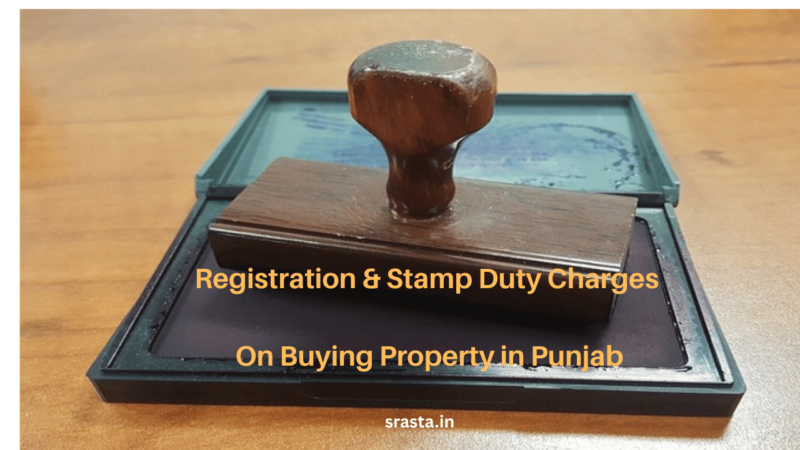A Complete Guide to Property Tax Protest in 2022

The right to submit a protest with the appraisal review board (ARB) is one of the most fundamental rights you have as a taxpayer. You can protest if you disagree with the appraisal district’s value or any of the appraisal district’s activities touching your property. You can appeal the ARB’s decision if you are dissatisfied with its conclusions. You may be entitled to appeal to the state district court in the county where your property is located, an independent arbitrator, or the State Office of Administrative Hearings, depending on the facts and kind of property (SOAH).
How to Win Your Property Tax Appeal You can protest alone or with the help of an expert, but please do so. It breaks my heart to learn that 90 percent of Texas property owners do nothing each year, but 65 percent of those who file an appeal are successful. Let us do it for you if you don’t have time. There is no upfront payment or flat charge, and enrollment is free and quick. There are also aggressive appeals (very aggressive).
Protesting and lowering your property value on an annual basis
Step 1: Protest Your File
Texas property tax appeals can be made using the appraisal district’s form, or you can download the form to file a Texas property tax appeal from the property tax resources area by clicking here. Otherwise, write a brief letter to the central appraisal district’s head appraiser, expressing your dissatisfaction with your property taxes. Both evaluated value over market value and equal evaluation should be indicated as the foundation. The deadline to register a protest is either May 15 or 30 days after you receive notice of your assessed value, whichever comes first. Protest your property taxes once a year to save money.
Step 2: Locate the Central Appraisal District’s Record Card
Each property assessed by your county’s appraisal district has a record card. This card includes details like lot size, building size, amenities, and more. To receive the whole record card, you must travel to the district office, and there may be a small fee. Much of the essential information, however, may usually be found on the appraisal district’s website. If you have any questions about the information, ask the staff. Errors on the record card are a good reason to file a complaint. It’s hard to keep accurate records for every single property in the county.
Step 3: Determine the Property Value
When making reductions in property tax assessments, Texas appraisal districts commonly acknowledge one of three methodologies for determining market value. The Sales Comparison Approach, the Income Approach, and the Cost Approach are the three methodologies. In addition, recent court rulings have paved the way for more districts to recognize the Texas Property Tax Code’s Uniform and Equal Approach (unequal appraisal) to assess the property. When preparing for a Texas property tax appeal, consider both market value and an unequal appraisal.
Step 4: Follow the Legal Pathways
You have until May 15th to file your protest, in theory, but don’t wait that long. Most of the information you want can be found on the appraisal district’s website, along with an informative presentation. Make sure you fill out every field on the protest form (which you may access through the county’s eFile site). Leave that box blank if you’re not sure what your property’s value should be. Check the first two options as well: “Incorrect appraised (market) value” and “Value is uneven compared to other properties.” You can always back out of either protest at any time.
The property owner or his representative and the appraiser for the district will offer evidence to support their respective conclusions of market value and uneven appraisal for the subject property. Following that, the board members declare the outcome, which is not negotiable. If a lawsuit is filed against the county appraisal district to appeal the property taxes further, their decision might be reviewed in a Texas district court.
Litigation While the decisions of informal hearings are definitive for the tax year and cannot be challenged in court, the appraisal review board hearing results can be challenged in district court. Before deciding, the owner should calculate the amount of any prospective tax savings, legal fees, and expert witness fees. Most judicial appeals of property tax assessments in Texas succeed.
The Most Common Distortions While Protesting:
First and foremost, remember that you are contesting your property value, not your property taxes when you negotiate with an appraiser at the appraisal district. Your sob story about how your ever-increasing taxes is a great hardship will fall on deaf ears if you try to win your objection by telling the appraiser about it. Your taxes are not in the hands of the appraisal district; they decide property values.
Another widespread fallacy I’d like to dispel is that disputing the valuation of your home will not affect its resale value.
If you don’t think they’ve decreased the value low enough during your session, don’t let them pressure you into canceling your ARB hearing. There’s no guarantee that the ARB will lower it any further they might raise it. If you’re speaking with an appraiser face to face, however, have a clear sense of what’s reasonable and stick to it while staying respectful.
Homestead Exemption Is an Important Key – The Deadline Is April 30th.
Make sure your primary residence is eligible for a homestead exemption – it’s effectively free money. In a word, a reduction in your home’s property taxes. This isn’t something you have to do every year. Check your most recent tax bill or look up your property’s online record at your county’s appraisal website if you’re unsure about its homestead status.
Once you’ve received a homestead exemption, your appraisal can’t increase by more than 10% per year. You are eligible if you have lived in your home since January 1st. It is not too late to sign up for this year if you have not already done so. You have until April 30th to submit your application. This is one of the most common ways for a homeowner to get a tax break on their house. It establishes a limit on how much a property’s value can rise. It can’t go higher than 10%.
Author Bio:
Sarmad Aijaz did his major in Entrepreneurship and Marketing. He has experience working as a Content Writer, Marketing Coordinator, and Digital Marketer, with international experience in Content Marketing and Market Research. He writes about property tax protest services of Texas, real estate, and home investments.






